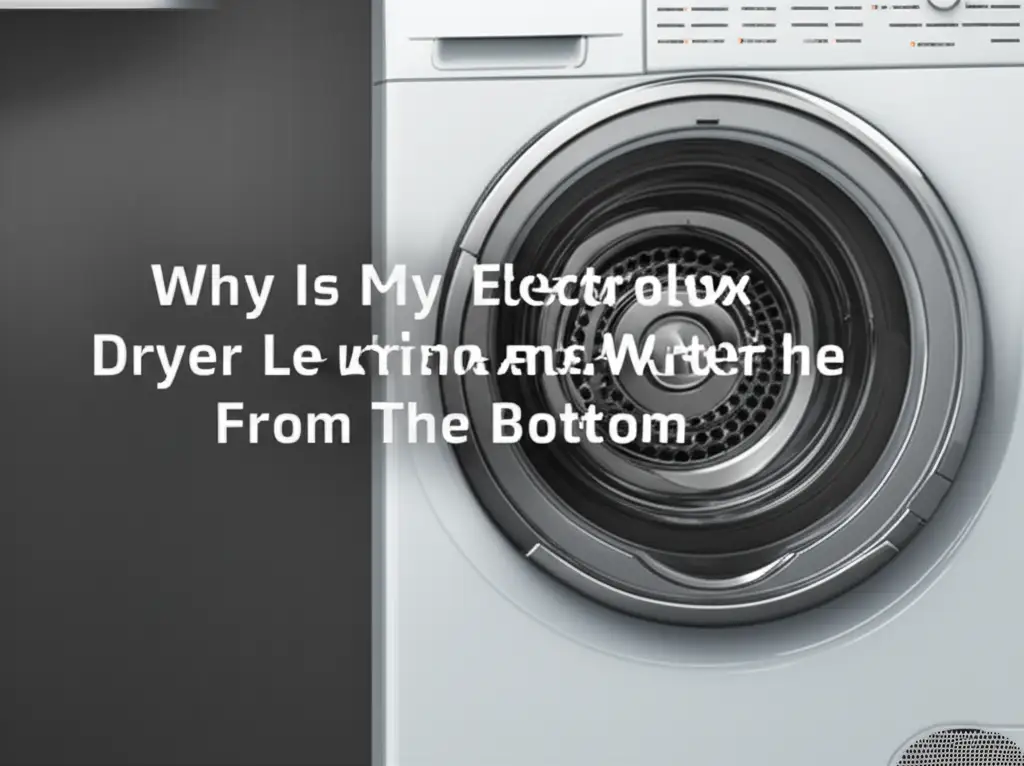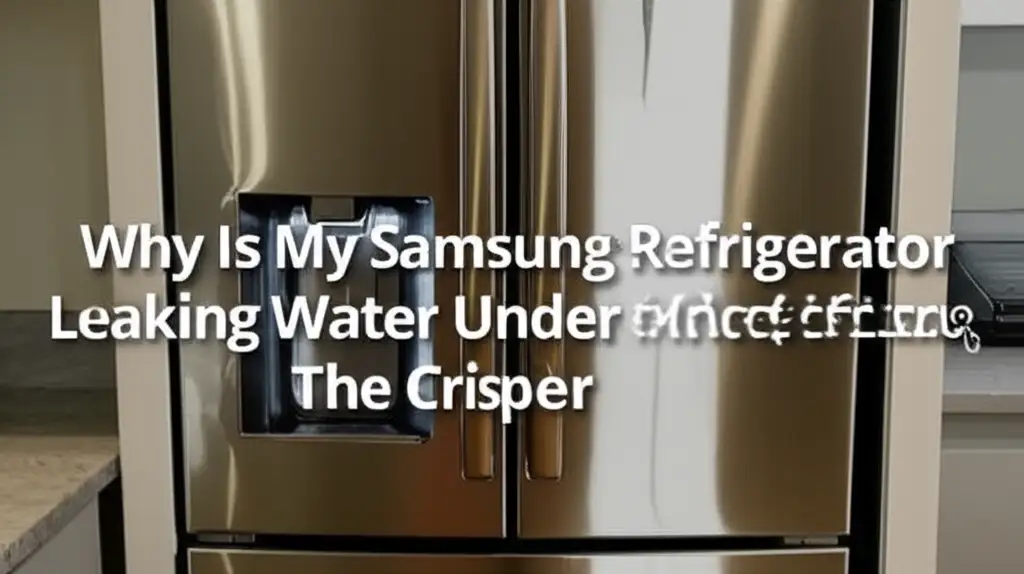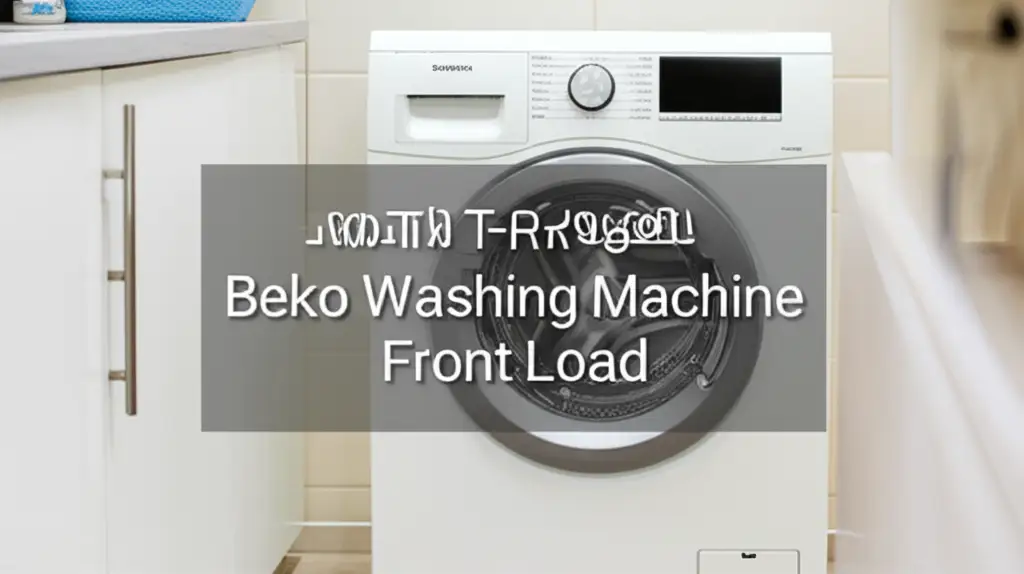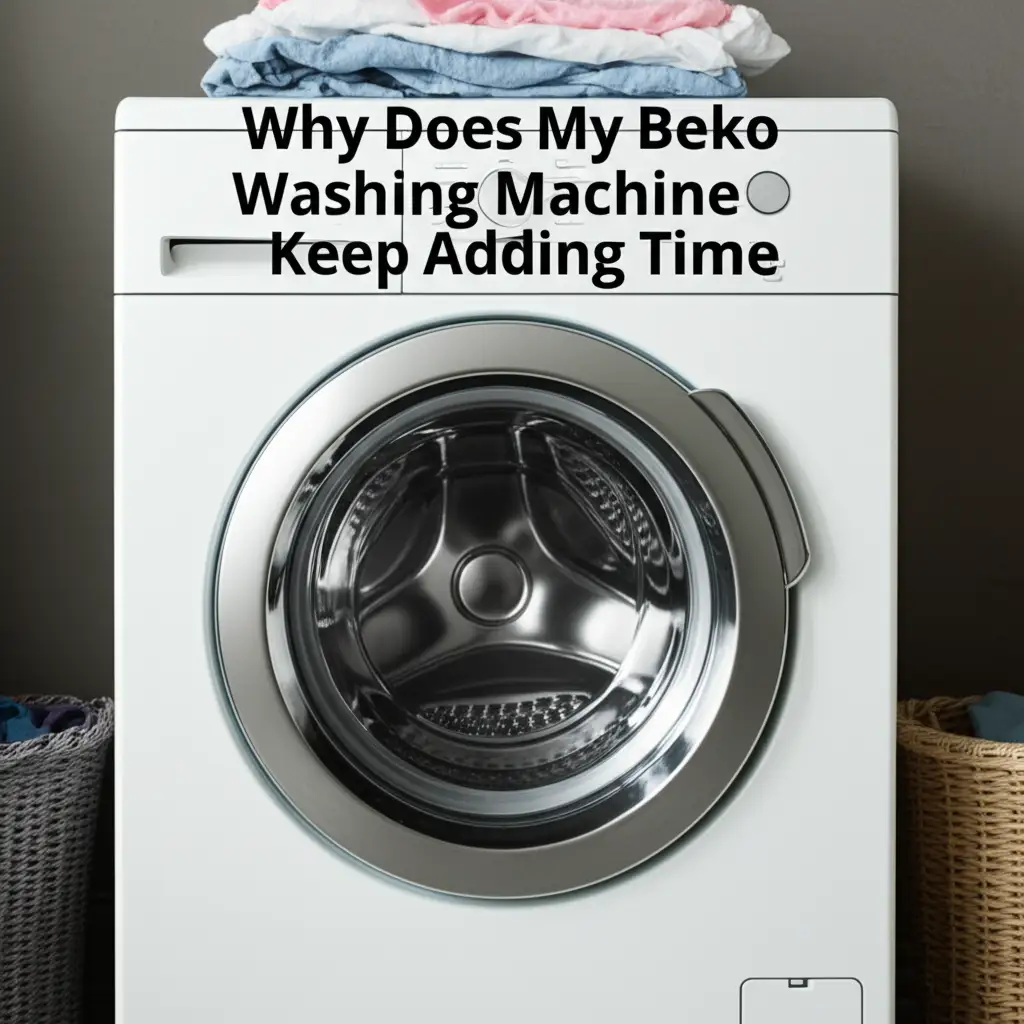· Katria Melrose · Home Appliances · 11 min read
Why Is My Electrolux Dryer Leaking Water From The Bottom

Solving Your Electrolux Dryer Leaking Water From The Bottom
Finding a puddle of water under your dryer can be a frustrating surprise. You likely expected dry clothes, not a new spill. If you see your Electrolux dryer leaking water from the bottom, you are not alone. This issue often points to specific problems with how these machines handle moisture.
I understand this problem creates concern. Many Electrolux dryers use condensation or heat pump technology. These types collect water during the drying cycle, unlike traditional vented dryers. This article will help you understand why your Electrolux dryer might be leaking. I will guide you through common causes, simple troubleshooting steps, and essential maintenance tips. You can identify the problem and solve it quickly.
Takeaway
- Regularly clean the lint filter and condenser unit.
- Inspect the drain hose for kinks or clogs.
- Empty the water collection tank after each cycle.
- Check the drain pump and its filter for obstructions.
- Ensure the dryer is level on the floor.
An Electrolux dryer leaks water from the bottom often due to a clogged lint filter, dirty condenser, blocked drain hose, full water collection tank, or a malfunctioning drain pump. These issues are common in ventless or condensation dryer models that collect water instead of venting it outside.
Understanding Electrolux Condensation Dryer Technology
Your Electrolux dryer might be a ventless model. Many modern dryers from Electrolux use condensation or heat pump technology. These machines do not need an outside vent like older dryers. Instead, they cool the air inside the drum. This causes moisture from your clothes to condense into water.
This collected water then goes into a removable tank or drains away through a hose. This design saves energy and allows more flexible installation. However, it also means there are specific parts that handle this water. If any part of this water management system fails, you will see your Electrolux dryer leaking water from the bottom. Knowing this system helps you find the leak.
Common Culprits: Clogged Lint Filter or Condenser
Lint and dirt are major causes of leaks in condensation dryers. These dryers rely on clean components to work correctly. When parts get dirty, they cannot handle moisture efficiently. This leads to water building up and escaping.
Overlooked Lint Filter
Every dryer has a lint filter. This filter traps lint from your clothes. In condensation dryers, a clogged lint filter can severely restrict airflow. This prevents proper condensation of moisture.
When airflow is blocked, humid air cannot reach the condenser effectively. The moisture then collects in places it should not. This causes water to overflow from the drum or other areas, leading to a leak from the bottom of your Electrolux dryer. I recommend cleaning this filter before every load.
Dirty Condenser Unit
The condenser unit is a key part of your Electrolux condensation dryer. It works like a radiator, cooling humid air to turn it into water. Over time, lint and debris can build up on the condenser fins. This buildup acts as an insulator.
A dirty condenser cannot cool the air effectively. This means moisture does not condense into water as it should. Instead, it remains as humid air that escapes. This humid air can then condense elsewhere inside the dryer cabinet. The water drips down and creates a puddle under your Electrolux dryer. Cleaning the condenser unit regularly is vital to prevent leaks. You can find detailed guides on how to clean your dryer effectively here. This routine maintenance keeps your dryer running well and avoids unexpected water leaks.
Drain System Issues: Hose and Pump Problems
Your Electrolux condensation dryer collects water. It must also get rid of this water. It uses a drain hose and a drain pump for this purpose. If either of these parts has a problem, water cannot leave the dryer. It will then find another way out, usually from the bottom.
Kinked or Clogged Drain Hose
Many Electrolux condensation dryers can connect to a drain. This is often the same drain used by a washing machine. A flexible hose carries the collected water from the dryer to this drain. If this hose becomes kinked, bent, or crushed, water flow stops.
A blockage can also occur inside the hose. Lint, debris, or even small items can get stuck in the drain line. When water cannot flow freely through the hose, it backs up. It then overflows inside the dryer’s casing. This overflow will eventually escape from the bottom of your Electrolux dryer. Make sure the hose is straight and clear.
Faulty Drain Pump or Pump Filter
The drain pump is a small motor that pushes the collected water out of the dryer. This water goes either to the drain hose or up to the water collection tank. If the drain pump stops working, water cannot be moved. This causes water to accumulate inside the dryer.
The drain pump often has a filter to catch lint and debris. This filter can become clogged over time. A clogged pump filter restricts water flow, making the pump less effective. Both a faulty pump and a clogged filter lead to water backing up. This results in your Electrolux dryer leaking water from the bottom. You can compare this to how other appliances leak when their drainage systems fail; for instance, you might see similar issues if you ever wonder why is my whirlpool washing machine leaking water from the bottom. Checking these components can prevent unwanted spills.
Full Water Collection Tank and Sensor Malfunctions
Electrolux ventless dryers collect water from clothes. They store this water in a removable tank. This tank needs regular emptying. If you forget to empty it, problems arise.
Overfilled Water Tank
The water collection tank is designed to hold a certain amount of condensed water. After each drying cycle, this tank fills up. You need to empty it manually. If the tank is full, the dryer should stop operating or display a warning.
However, if the tank is not emptied, or if the dryer continues to run due to a sensor issue, the water has no place to go. It will overflow from the tank’s housing. This overflow then drips down into the dryer’s base. You will see water appearing from the bottom of your Electrolux dryer. Always empty the tank before starting a new cycle.
Faulty Overflow Sensor
Your Electrolux dryer has an overflow sensor. This sensor detects when the water collection tank is full. When the sensor detects a full tank, it signals the dryer to stop. This prevents water from overflowing.
If this sensor fails, it might not detect a full tank. The dryer will keep running even if the tank is completely full. This allows water to continuously enter the already full tank. The excess water will then spill over the tank’s edges. This spilled water pools inside the dryer cabinet and finds its way out, causing your Electrolux dryer to leak from the bottom. A faulty sensor needs replacement.
Installation and Leveling Considerations
Proper installation plays a big part in preventing leaks. An Electrolux dryer needs to sit level on the floor. If it is not level, water can move incorrectly. This creates a risk of leaks.
When a dryer is tilted, water might not flow to the drain pump correctly. It could pool in one section of the dryer’s base. This can happen especially with condensation dryers that rely on gravity for some water movement. Over time, this pooled water can seep through seams or small gaps. This leads to an observable leak. I always recommend checking your dryer’s level with a spirit level. Adjust the leveling feet until the dryer sits perfectly flat. This simple step can prevent many water leakage issues.
Seal and Gasket Integrity
Seals and gaskets create a water-tight environment within your Electrolux dryer. They are crucial for preventing water from escaping the drum. These components can wear out over time. When they do, water finds a way out.
The main areas to check are the drum seals and the door gasket. The drum seals are around the front and back of the spinning drum. They keep air and moisture contained. If these seals degrade, water vapor can escape. This vapor can then condense inside the dryer’s outer casing. This leads to water dripping from the bottom. The door gasket is the rubber seal around the dryer door. It prevents water from escaping when the door is closed during operation. If this gasket is cracked, torn, or has lost its elasticity, water can leak out around the door. This water will then run down the front of the dryer and collect at the bottom. Inspect these seals regularly for signs of wear. If you find damage, replace them promptly to stop the leak.
Professional Help and Electrolux Service
Sometimes, a dryer leak is too complex for a DIY fix. You might have checked everything and still see water. In such cases, professional help becomes necessary. Electrolux appliances are specific machines. They often require specialized knowledge for repairs.
Some internal components are hard to reach. For example, if the drain pump itself is broken, replacing it can be tricky. It might involve disassembling a good portion of the dryer. Electrical issues related to the sensors or pump motor also require an expert. If you are not comfortable working with appliance wiring or complex mechanical parts, call a certified technician. They have the right tools and experience. They can diagnose the exact problem quickly. Using genuine Electrolux parts for replacements is also important. These parts ensure compatibility and maintain your dryer’s performance. For issues with other Electrolux appliances, like a washing machine, seeking professional help is often the best course of action; you can learn more about general Electrolux repairs here. Do not hesitate to contact Electrolux customer service or a local appliance repair company.
Frequently Asked Questions
How often should I clean my Electrolux dryer’s condenser?
I suggest cleaning your Electrolux dryer’s condenser every three to six months. This timeframe depends on how often you use your dryer. If you dry a lot of lint-producing items, clean it more often. Regular cleaning prevents lint buildup and helps your dryer run efficiently.
Can a blocked dryer vent cause a leak in an Electrolux condensation dryer?
No, a blocked dryer vent cannot cause a leak in an Electrolux condensation dryer. Condensation dryers do not use an outside vent. They collect water in a tank or drain it through a hose. Vented dryers, however, can leak if their vent is blocked due to condensation backup.
Is it normal for an Electrolux ventless dryer to produce a lot of water?
Yes, it is completely normal for an Electrolux ventless dryer to produce a lot of water. These dryers work by condensing moisture from clothes into liquid water. This water is then collected. A full water tank after a load means the dryer is working correctly.
How do I know if my Electrolux dryer’s drain pump is bad?
You might hear unusual noises from the dryer if the drain pump is bad. These noises include grinding or humming sounds. Water also stays in the machine, causing leaks. If the dryer stops mid-cycle and water pools at the bottom, the pump likely has an issue.
What maintenance can prevent my Electrolux dryer from leaking water?
Regular maintenance is key to preventing leaks. I recommend cleaning the lint filter after every load. Also, empty the water tank after each cycle. Clean the condenser unit every few months. Check the drain hose for kinks or clogs periodically.
Are Electrolux dryers prone to leaks more than other brands?
Electrolux dryers are not inherently more prone to leaks than other brands. Condensation dryers, regardless of brand, have more water-handling components. This means more potential leak points than traditional vented dryers. Proper maintenance is vital for any condensation dryer.
Conclusion
Finding your Electrolux dryer leaking water from the bottom can certainly be frustrating. I hope this guide has given you a clear understanding of why this happens. Many common causes involve simple fixes. Issues like a clogged lint filter or dirty condenser are easy to solve with routine cleaning. Checking the drain hose for kinks and ensuring the water tank is empty are also quick checks.
Remember, your Electrolux condensation dryer collects water as part of its normal operation. When this system gets disrupted, leaks occur. Regular maintenance, such as cleaning the lint filter and condenser, is your best defense. If you have checked these common issues and the leak persists, consider calling a professional technician. They can diagnose more complex problems with the drain pump or seals. With these steps, you can often stop your dryer from leaking water and keep your laundry area dry.





